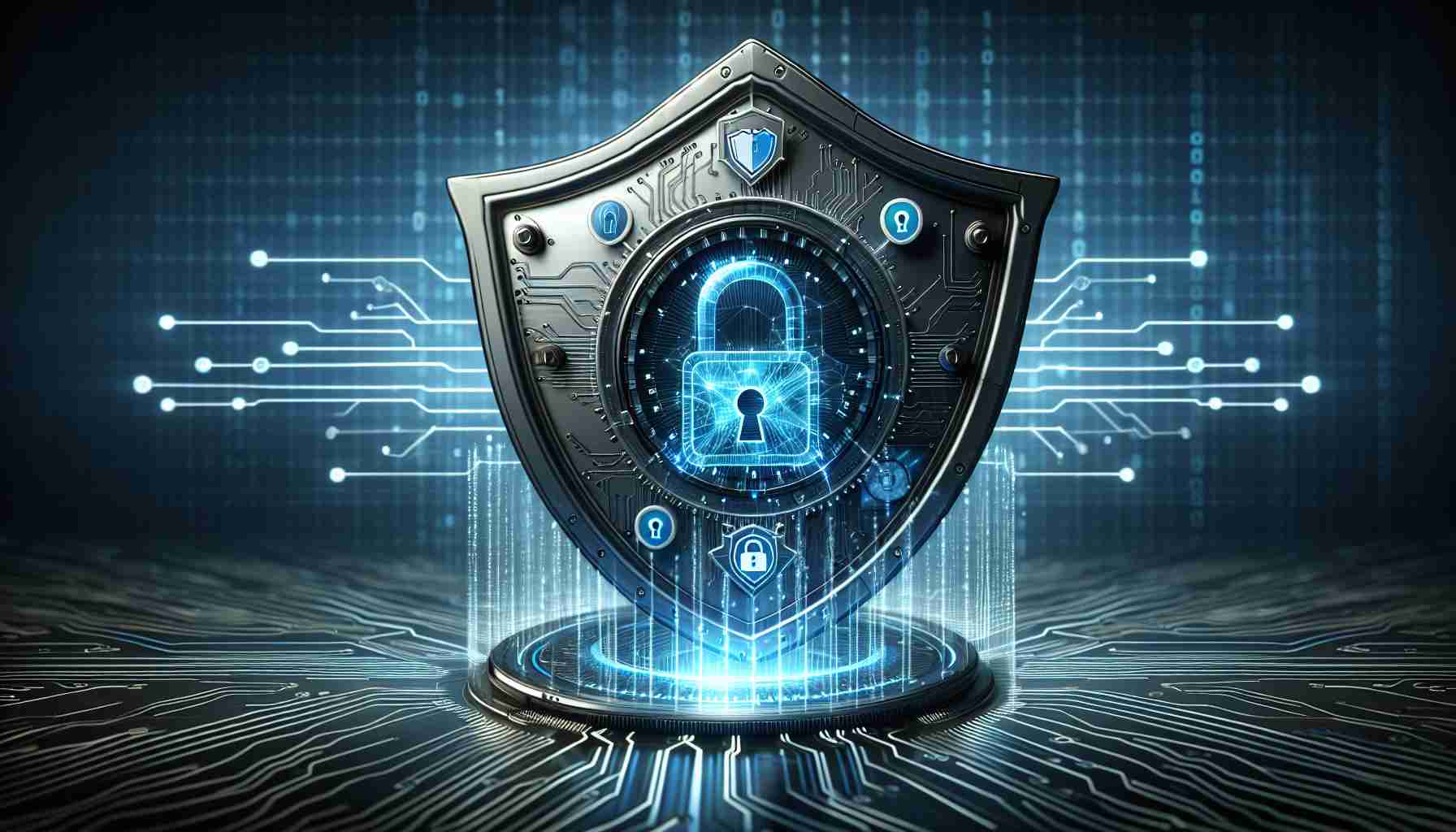Amid the ongoing Cybersecurity Awareness Month, the imperative to fortify online security resounds strongly. Embrace a proactive stance towards safeguarding your digital presence with practical measures aimed at thwarting cyber threats.
Craft Robust Passwords
Elevate your security posture by eschewing password reuse. Opt for long, intricate passwords encompassing a mix of uppercase letters, lowercase letters, numbers, and symbols. Empower your password arsenal with the aid of password management tools to fortify your accounts against breaches.
Embrace Multifactor Authentication
Enhance your defenses by implementing Multifactor Authentication (MFA) across your digital accounts. By verifying your identity through multiple steps, MFA acts as a formidable deterrent against unauthorized access. Prioritize activating MFA, particularly for critical accounts like email, social media, and financial platforms.
Exercise Caution Online
Exercise prudence in the digital realm by scrutinizing unsolicited requests for personal information. Be wary of phishing attempts, where malicious entities masquerade as legitimate sources to extract sensitive details. Report any suspicious communications and refrain from disclosing confidential data to unverified entities.
Prioritize Software Updates
Seize control of your security posture by promptly installing software updates. Avoid deferring updates and ensure your devices are fortified with the latest security patches. Regularly check for updates to shield your systems from evolving cyber threats effectively.
By reinforcing your digital defenses and nurturing a vigilant mindset, you can navigate the virtual landscape with heightened resilience. Amplify your cybersecurity acumen through accessible resources tailored for both individuals and businesses, fostering a collective commitment towards fortifying our online realms.
FAQ Section:
1. What are some practical measures to fortify online security?
To enhance online security, consider crafting robust passwords, embracing multifactor authentication, exercising caution online, and prioritizing software updates. These measures collectively contribute to safeguarding your digital presence against cyber threats.
2. How can I create strong passwords?
Craft robust passwords by avoiding reuse, opting for long and intricate combinations of uppercase letters, lowercase letters, numbers, and symbols. Consider using password management tools to enhance the security of your accounts.
3. What is Multifactor Authentication (MFA) and why is it important?
Multifactor Authentication (MFA) involves verifying your identity through multiple steps, serving as a strong defense against unauthorized access. Implementing MFA across digital accounts, especially critical ones like email and financial platforms, adds an extra layer of security.
4. How can I identify and avoid phishing attempts online?
Exercise caution online by scrutinizing unsolicited requests for personal information and being wary of phishing attempts. Report any suspicious communications and refrain from disclosing confidential data to unverified sources to prevent falling victim to such malicious activities.
5. Why are software updates important for cybersecurity?
Prioritize installing software updates promptly to maintain a strong security posture. Regular updates ensure your devices are equipped with the latest security patches, offering protection against evolving cyber threats effectively.
Key Definitions:
– Multifactor Authentication (MFA): A security method that requires users to verify their identity through multiple credentials or steps before gaining access to an account or system.
– Phishing: A cyber attack method where malicious entities attempt to trick individuals into revealing sensitive information, often by posing as legitimate sources or organizations.
Related Links:
– Cybersecurity Awareness Month











